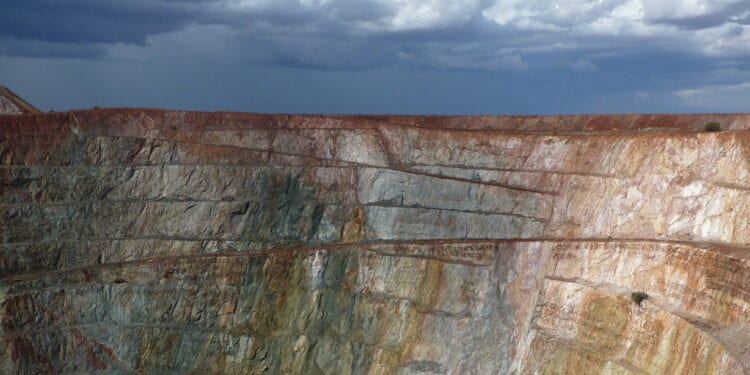Horseshoe Metals Limited (ASX: HOR) has moved a step closer to acquiring interests and rights in the Mt Gunson copper project in South Australia.
The company, which entered into definitive transaction documents to acquire the project in October, has now issued 10 million 10,000,000 new fully paid ordinary shares (valued at $0.02 each) to Mines Trust (MT) as part payment of fees owing to MT by Copper Mining & Metallurgy Pty Ltd.
This amount is deemed to form part of HOR’s funding of the Mt Gunson project and CMM has issued 400 shares to HOR accordingly.
Horsehoe also announced plans to acquire the Glenloth tenement EL6301 in October. However, that deal remains subject to receipt of Ministerial consent. Upon receipt of such consent, a further 10 million fully paid ordinary shares in HOR will be issued in consideration of the acquisition and the grant of other rights associated with the Glenloth gold project.
Mount Gunson and Glenloth background
Copper ore was discovered at Mount Gunson in 1875 and the first recorded production was from 1899 and copper production has spasmodically continued since then.
The tenements contain significant stockpiles of unconfirmed grade that have previously been used as a source for leach stock, and the balance of which currently provide the basis for the planned expanded copper oxide leach operation.
Horseshoe is planning an exploration programme aimed at to confirming oxide feedstock for a base three-year production model that the company is currently considering, which requires an initial 10,000 tonnes per month leach stock, increasing to 16,000 tonnes in year 3.
Glenloth is located about 50 km east of the 0.5 MOz Tunkillia Gold deposit The Glenloth Goldfield was found with the discovery of alluvial gold in 1893, and established in 1901 when auriferous reefs were identified. Between 1901 and 1955, approximately 9800 oz (315 kg) of gold was produced from 14,620 t of ore, at an average grade of 21.6 g/t.
The Fabian 3, Royal Tiger (excised from tenure) and the Glen Markie and Jay-Jay mines were considered the largest historical producers Since 1955, gold production has been small and sporadic.












